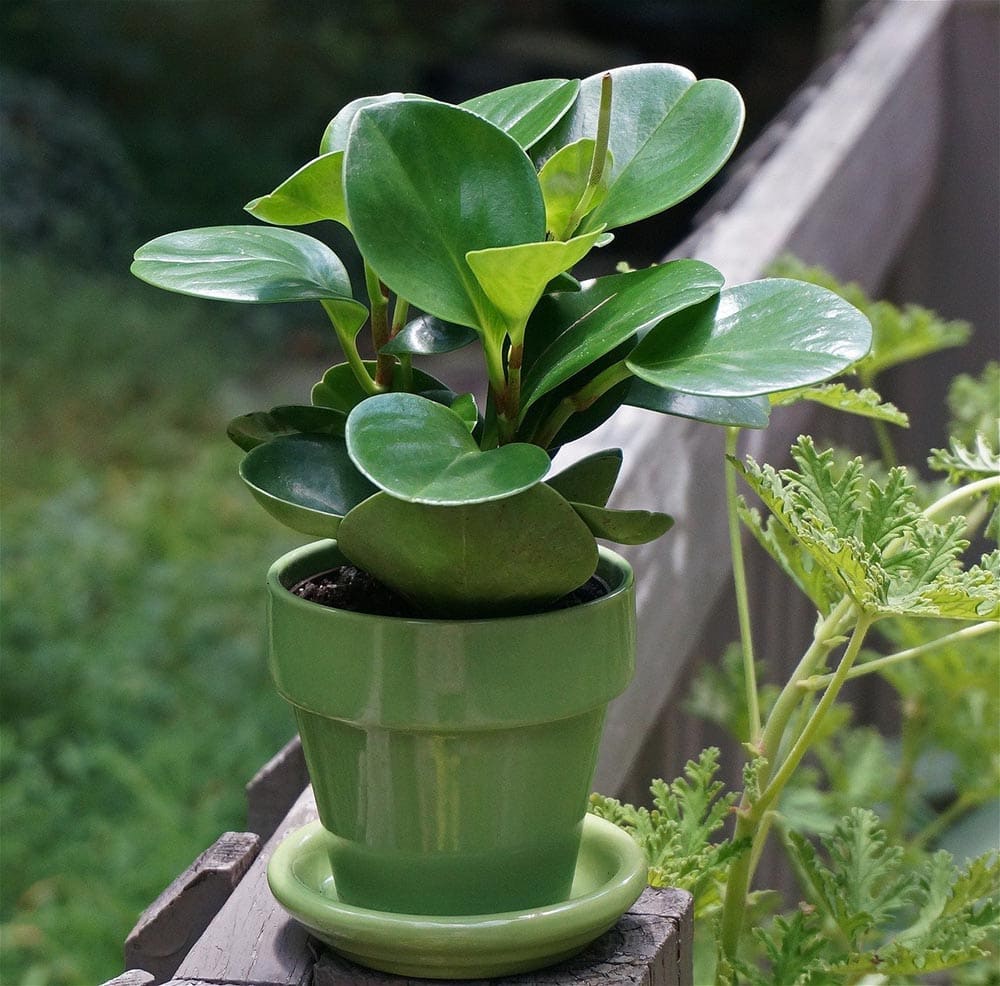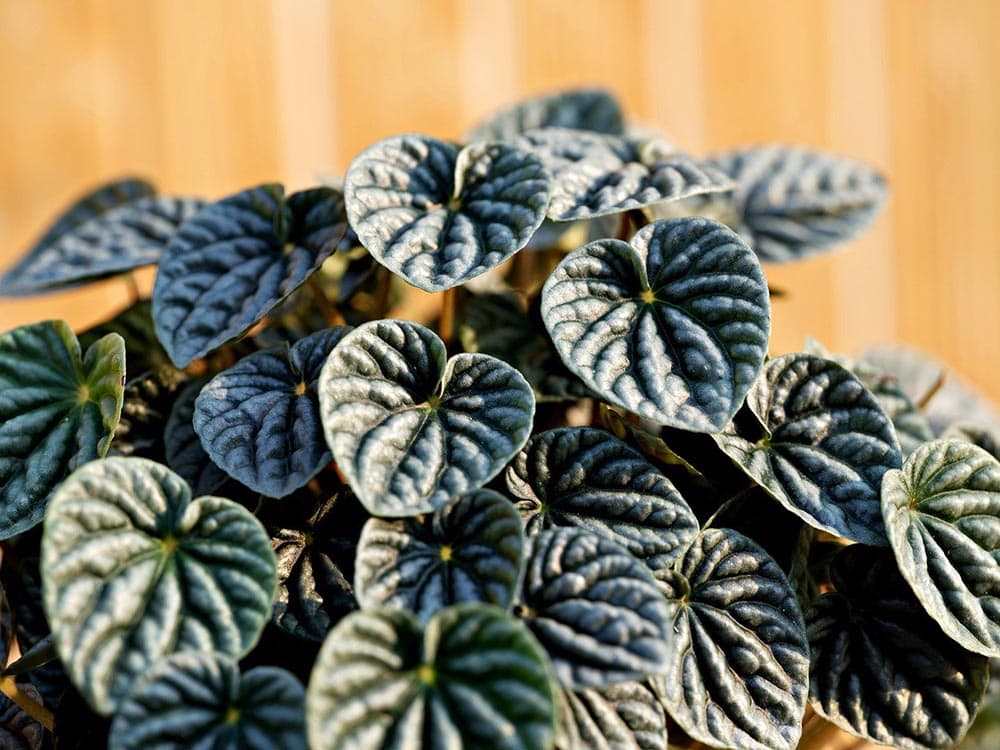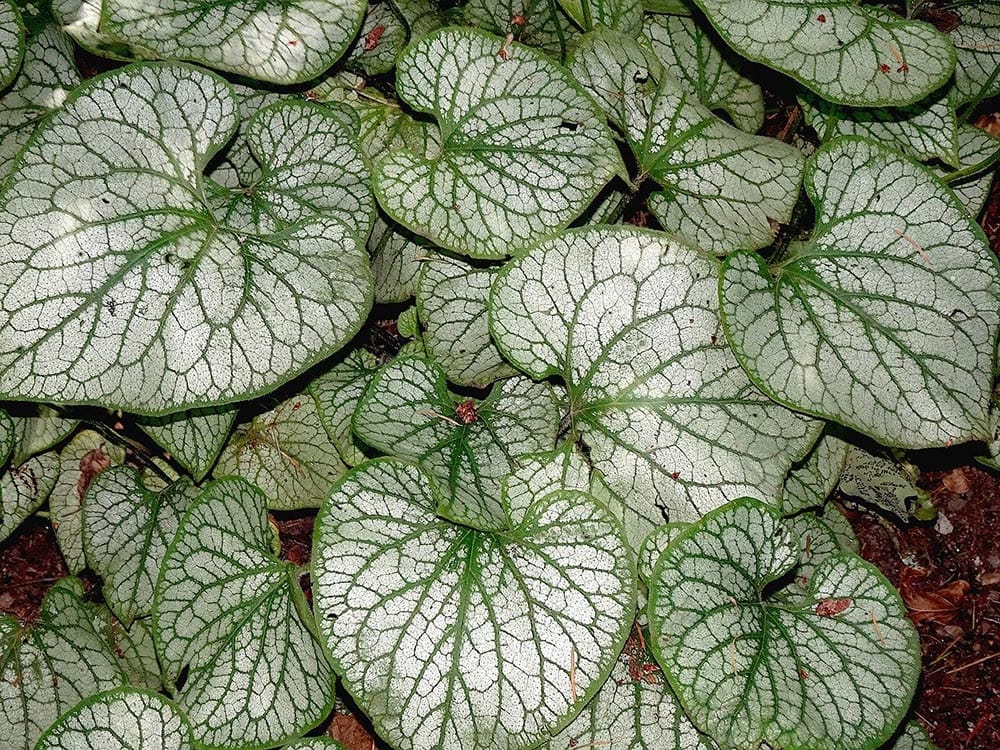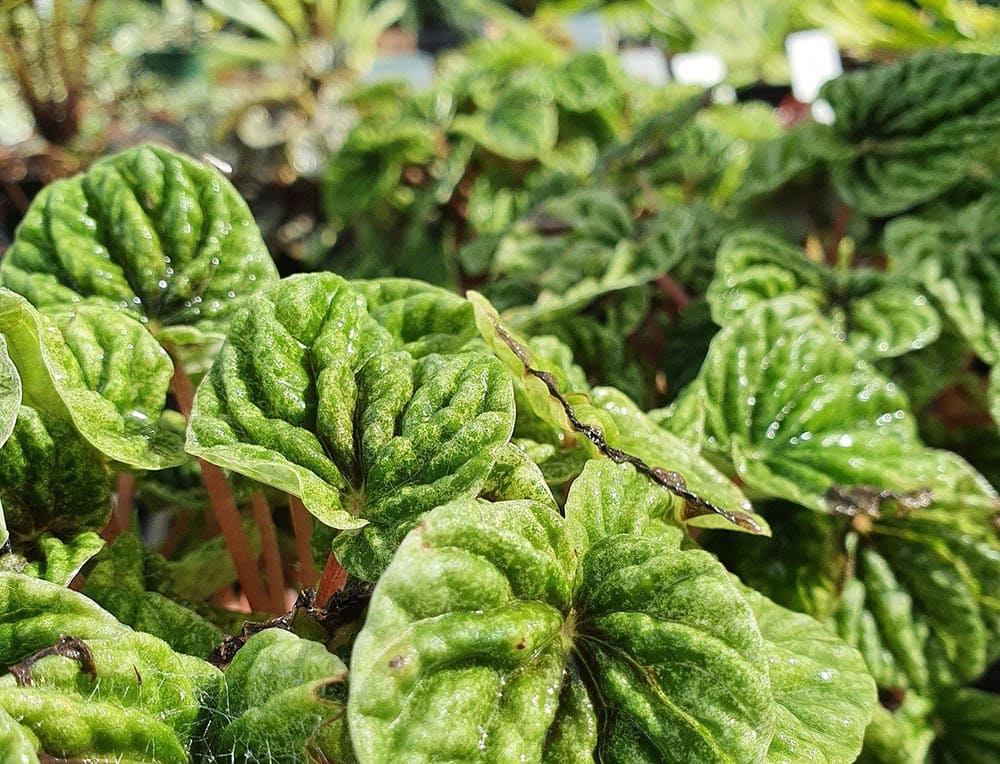How Much & How Often to Water Peperomia: Facts & FAQ
-
Kristin Hitchcock
- Last updated:

Peperomia plants do not need tons of water. However, they aren’t precisely succulents, either. Usually, they need water every 1-2 weeks. Of course, this will vary depending on a few different factors. If your peperomia is in full sun, you can expect to water it more than a plant that is in low light. Your area’s humidity and temperature will also affect how often your cactus needs to be watered.
While you should plan on watering every 1–2 weeks, we recommend learning the signs that your plant needs to be watered. Therefore, you can water your plant exactly when needed instead of following a strict schedule that may not always be 100% correct.
How Do You Know if a Peperomia Needs Water?

There are two ways you can check if your peperomia needs water.
Firstly, feel the leaves. They should fill firm if they are full of water. However, if the plant is dehydrated, its leaves will fill floppy or soft. If this is the case, your plant likely needs water more often. The leaves should revitalize after only a few hours once the plant is watered.
Secondly, you’ll need to check the soil moisture. Before watering your plant, the top two inches of soil should be dry. If you don’t allow the plant to dry out completely between waterings, it may develop a fungal infection.
We recommend checking both the leaves and the soil before watering your plant. Together, these two factors give you a good view of the plant’s current moisture needs.
What is the Best Way to Water a Peperomia?
We do not recommend watering a peperomia like you would most plants. This plant is used to going a decent amount of time between waterings. However, when water does come, it should come in high volumes.
The best way to achieve this with a potted plant is to fill the sink with water. Then, place the pot into the water for about 15 minutes. This allows the soil to soak up as much water as possible without getting the plant water.
You’ll also ensure that the water is evenly distributed, which can be vital for these plants. The water needs to reach the root ball, which doesn’t always happen with traditional watering.
Once the plant’s soil is well saturated, drain the sink and allow the excess water in the pot to drain. This should only take a few minutes. Alternatively, you can place the plant on a dish and allow the water to drain into the dish, just be sure to empty the dish to prevent fungal growth.
Do Peperomia Plants Need a Lot of Water?

Because they are often called a cactus, many people mistakenly believe that these plants need very little water. However, this isn’t necessarily true. These plants need quite a bit of water; they can just go a long time between waterings.
You should plan on watering these plants every 1–2 weeks. However, we recommend checking the soil and leaves for a more accurate estimate of when your plant needs water. When you notice dry topsoil or deflated leaves, it is time to water the plant again.
When you do water the plant, you should completely soak the soil. These plants typically thrive in a well-draining pot when provided with lots of water. While allowing the soil to dry out between sessions, you should “flood” the plant during each watering.
Do Peperomias Like to be Misted?
Typically, these plants do not like getting their leaves wet. Therefore, we recommend bottom watering and not misting. However, this plant is used in more humid environments and so you may want to provide a source of humidity.
In some areas, this won’t be necessary. If you live in the Southern United States, the air is likely humid enough to make these plants happy.
However, in drier areas, you may want to use a humidifier, a wet pebble tray, or water jugs nearby to provide some moisture. While these won’t directly get the plant wet, they will prevent water loss to the air, making your plant healthier.
What Does an Overwatered Peperomia Look Like?

An overwatered peperomia will usually show several signs of distress. Luckily, this plant is a pretty good communicator. If you pay attention, you should notice the signs of overwatering before things become serious.
The first sign is usually yellowing leaves. These will start at the extremities of the plant. Usually, the leaves furthest from the base get yellow first. These will drop off if the problem isn’t solved. Soft, brown spots will also occur. However, these can occur anywhere on the plant and don’t always have a regular pattern.
If the soil is too wet, the roots may suffer from a fungal infection. To prevent these, we recommend letting the top few inches of soil dry completely between waterings. However, if this doesn’t happen, you may notice the plant’s roots rotting.
Some pests like wetter soil, as well. If the soil is kept constantly wet, pest problems may increase. Usually, pests don’t thrive in dry soil, which is another reason we recommend letting the soil dry completely.
Do Peperomias Need Sunlight?
Peperomias typically need quite a bit of sunlight. However, it shouldn’t be placed in direct sunlight. Instead, bright, indirect sunlight is best. For this reason, we recommend a west or east window. If you can cover the window with a transparent curtain, that would be even better.
If your plant has variegated leaves, it can tolerate more light. Plus, these plants may need more light to help generate brighter colors. Plants with simple green leaves will need less light.
Conclusion
Peperomias need plenty of water, but this water should be given all at once after the soil has been allowed to dry completely. Usually, this means providing water every 1–2 weeks. However, you should pay attention to your plant’s leaves and soil for the best timing.
When watering, you’ll need to soak the soil completely. Often, these plants do best with bottom watering. In other words, you should fill the sink or a bowl with water and set the bowl plant in the water. This way, the soil will soak up all the water and ensure that the plant is properly saturated.
These plants also like humidity, but that doesn’t necessarily mean you should mist them. Usually, a humidifier or a pebble bowl can help in this regard.
Featured Image Credit: Jan Haerer, Pixabay
Contents
